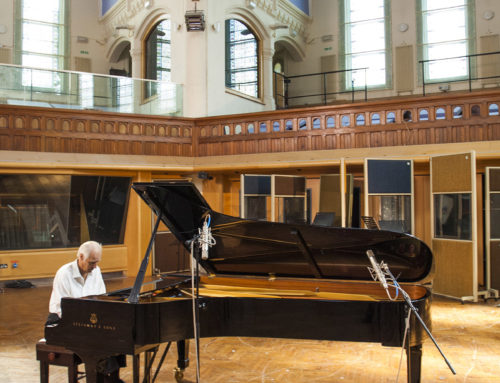New York Presbyterian Hospital Brochure, New York City
I was working on a surgical brochure for one of New York Presbyterian Hospital’s departments featuring Dr. Fabrizio Michelassi who the Surgeon-in-Chief, NYPH/Weill Cornell Medical Center. He is a world-renowned, board-certified gastrointestinal surgeon with a strong expertise in the surgical treatment of gastrointestinal and pancreatic cancers as well as inflammatory bowel disease.
My experience in the operating room or OR as it is called is pretty extensive. I have worked for several hospitals in New York City and in the process have photographed about 100 different types of surgeries; hip replacements, knee replacements and scope procedures, limb lengthening surgery, brain surgery, open heart surgery, kidney transplant, otolaryngology surgery, back surgery, neurosurgery, angioplasty, pain management procedures etc.
Photographing in OR’s these days is more difficult because of the HIPPA regulations. If everyone is on the same page; the doctor, the patient signing a model release and hospital management then it can be accomplished. The operating theater is a special place and as a photographer you have to be aware of where to stand. When the patient first enters the OR, many tasks are preformed in preparation for the actual surgery. The configuration of the room changes as the actual surgery begins. I have to be very cognizant of the staff preforming their duties and stay out of their way. I must keep several feet away from the surgical table as it contains all the sterilized surgical instruments. The scrub nurse is the go to person that will help me with anything I may need.
Occasionally I’ll bring a small portable strobe that my assistant will hold and I will direct the position and balance it with the ambient light in the OR. Most of the time I will use the available light but in this shot I used a small strobe. Compositionally I wanted to give some perspective and depth to the doctor while he was preforming this scope procedure. I’m always moving and exploring new angles and so I discovered this angle and used the arms of the second surgeon to frame Dr. Michelassi in the composition to make the story more interesting.







